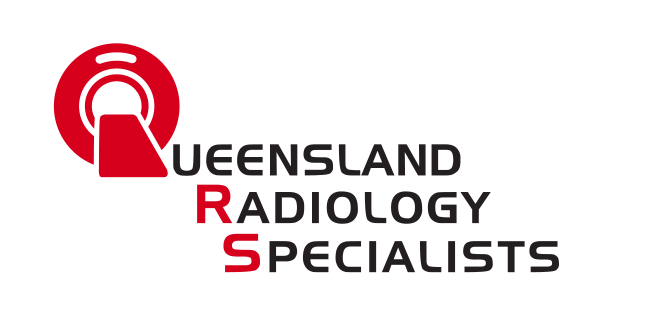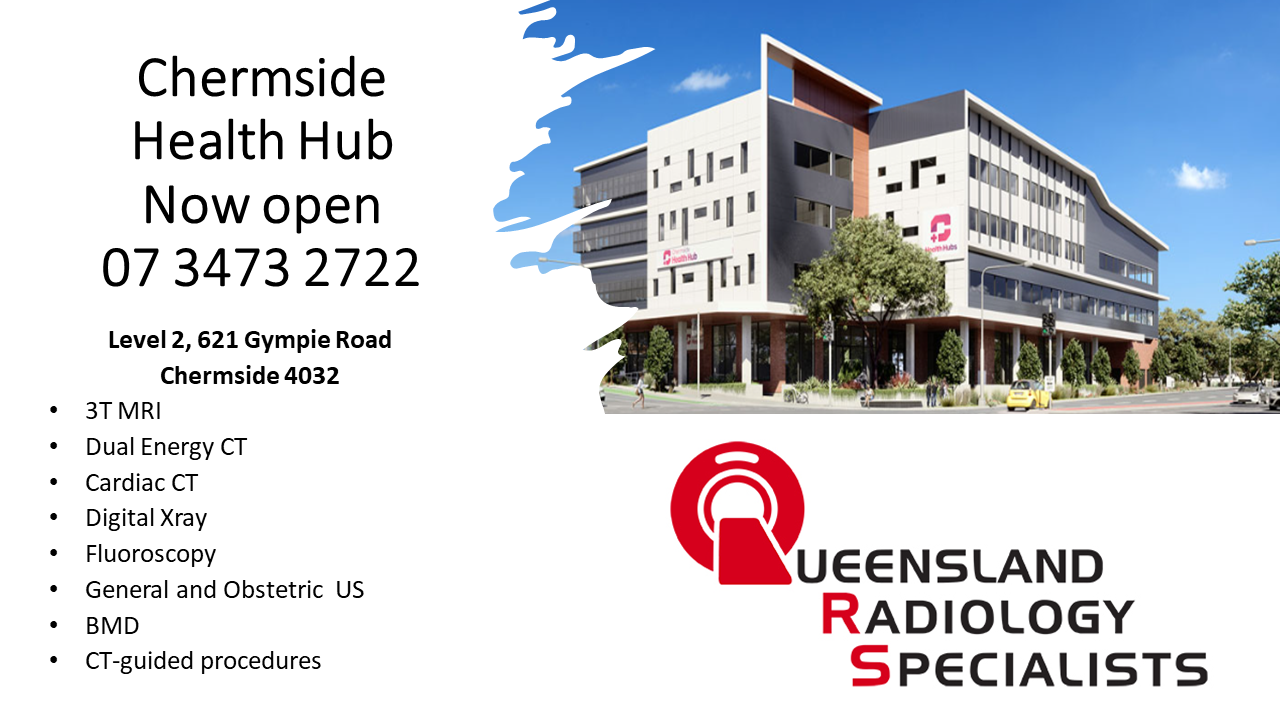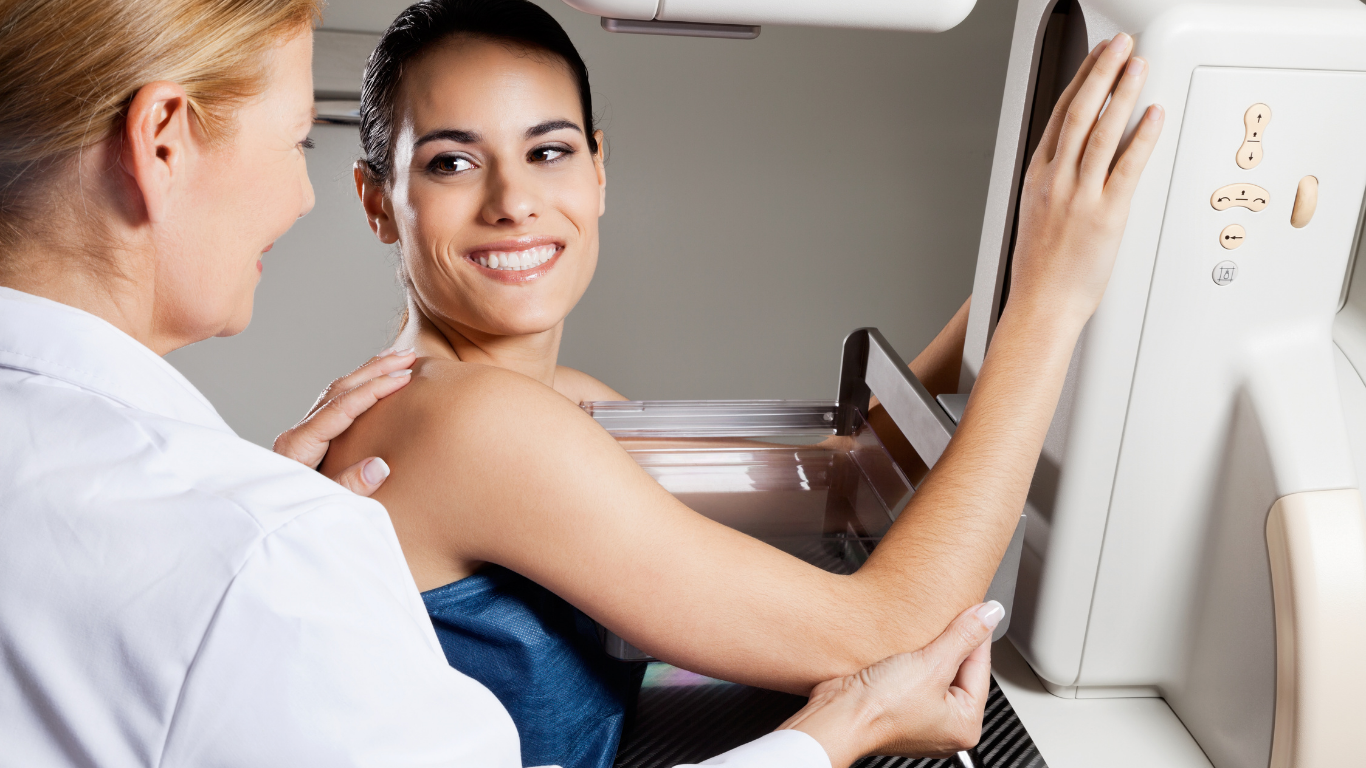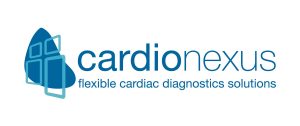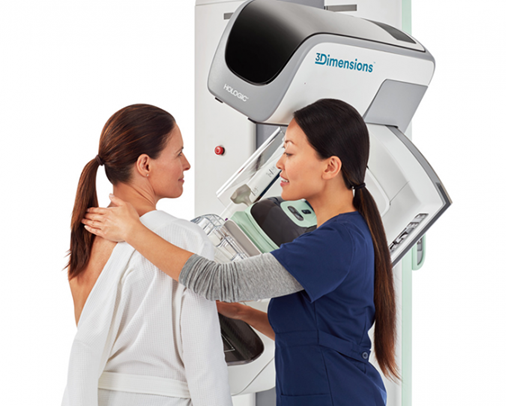Bone Mineral Densitometry, also commonly referred to as BMD, is the examination that uses a device to scan the lower spine and one of the hips (or wrist if a hip replacement has been performed), to assess for possible osteoporosis or reduced bone density. Osteoporosis results from loss of bone mass, leading to bone weakening and increasing the chance of a fracture. Results will be compared with previous studies and hence it is important to have these available. Ideally, your BMD should be performed on the same scanner each time to provide the most accurate assessment over time.
Bone mass increases from infancy until about 20-30 years when normal young adult achieves peak bone mass. After this time bone mass gradually decreases with age, and this loss of bone mass is further accelerated in females related to menopause. Once bone mass falls below a certain threshold, the risk of fracture dramatically increases.
In most cases we can fit you in on the day without an appointment. No specific preparation is necessary for this test. The test should not be performed within a period of 72 hours following a nuclear bone scan or within one week following a barium study (barium meal, small bowel barium follow-through or barium enema).
We may ask you to change into a gown to avoid clothing creating confusing shadows on the image. Clothing without metal (e.g. zips, buttons) should be worn for the examination.
You will be required to lie on your back on the scanner table. You will hear minimal noise when the scanner moves above you. There will be no injections or discomfort and no breath hold is required. However, it is important to remain as still as possible for the examination.
Following the scan, the information obtained is processed by computer and reported by the radiologist or nuclear medicine physician. The scan takes only a few minutes but the examination can take up 15 minutes to complete as we ask some questions about medical history.
The cost of the scan may be claimed from Medicare under certain circumstances. Unfortunately, these criteria are very strict and some patients are not eligible to claim a Medicare rebate and are therefore required to pay a fee at the time of consultation – this will be discussed at the time of booking.
